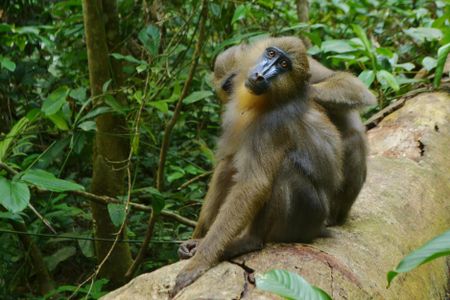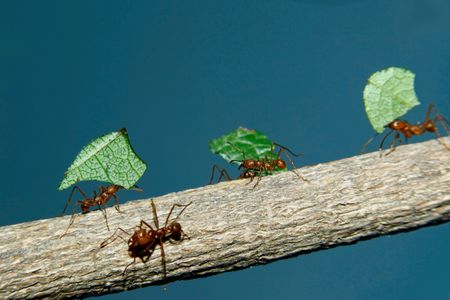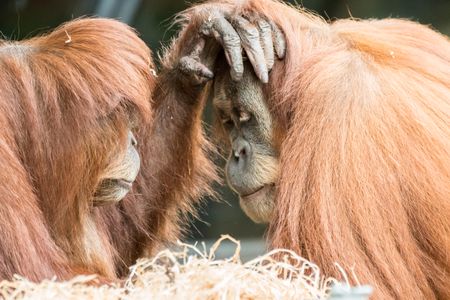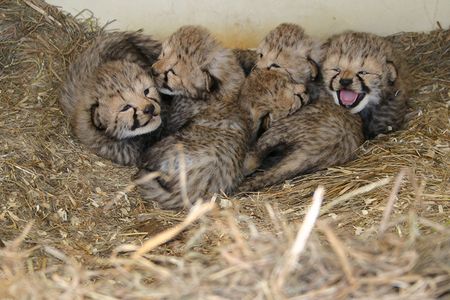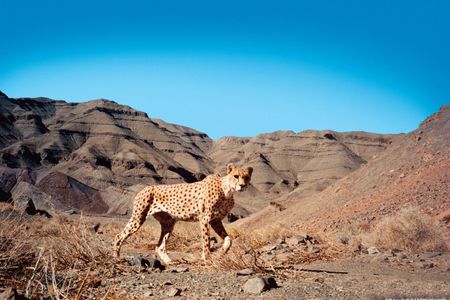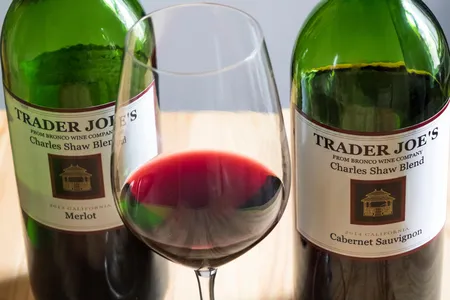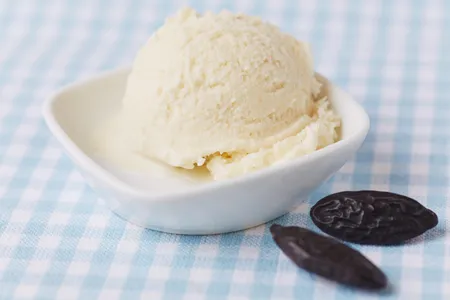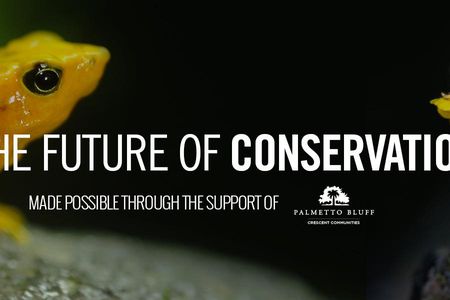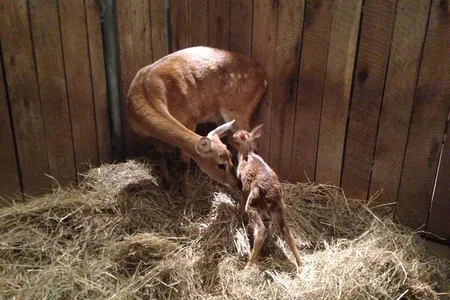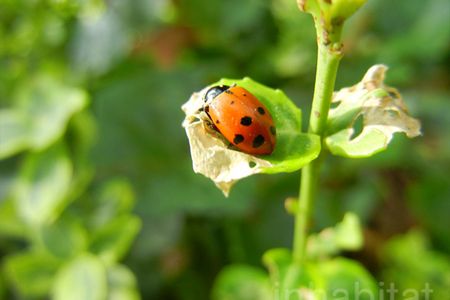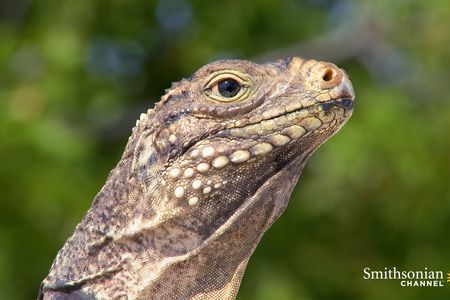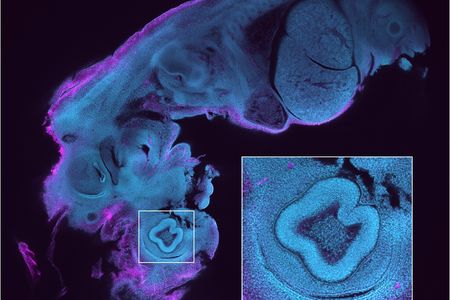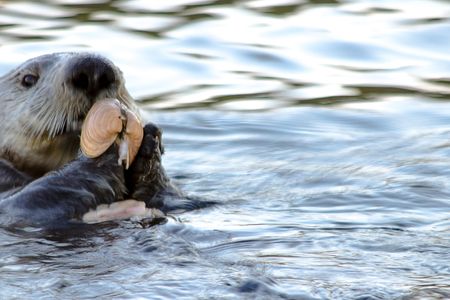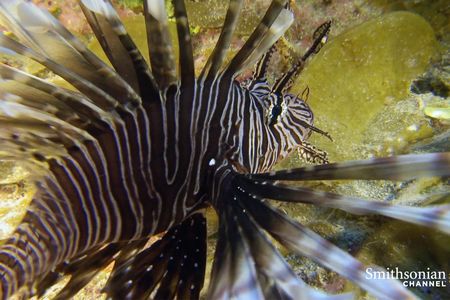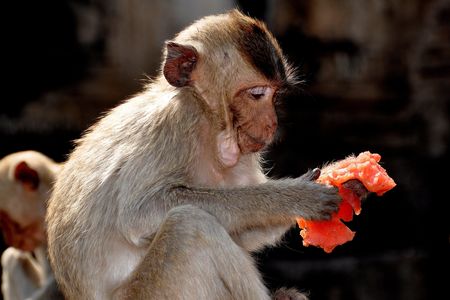Gut Check: Mandrills Sniff Poop to Avoid Peers With Parasites
Researchers have documented one of the first instances of social avoidance in a non-human animal
Before There Were Dinosaurs, There Was This Weird Crocodile-Looking Thing
A new analysis of an ancient enigma offers clues as to how dino evolution unfolded
How Ants Became the World’s Best Fungus Farmers
Ancient climate change may have spurred a revolution in ant agriculture, Smithsonian researchers find
Why Are We So Obsessed With Dead Bodies?
Body Worlds taps into a long, fraught history of humans displaying the deceased for “science”
The Environmental Price of Dams
Why some conservationists are demolishing dams in the name of rivers and fish
Monkeys May Recognize False Beliefs—Knocking Over Yet Another Pillar of Human Cognition
Apes may be aware of the minds of others—yet another remarkable finding about the cognitive abilities of non-human animals
This Feminist Psychologist-Turned-Rock-Star Led a Full Life of Resistance
Naomi Weisstein fought against the idea of women as objects in both the fields of psychology and rock ‘n roll
Two Litters of Adorable Cheetah Cubs Born in One Week
Smithsonian’s cheetah conservation program welcomes the springtime births after careful planning
Poaching Isn’t the Cheetah’s Only Problem
Humans isolate the rare cats with roads and fences—which can be as devastating as hunting them outright
Liberals and Conservatives Read Totally Different Books About Science
The good news: Everyone likes dinosaurs
The Science Behind Your Cheap Wine
How advances in bottling, fermenting and taste-testing are democratizing a once-opaque liquid
The Bittersweet Story of Vanilla
Today, less than 1 percent of vanilla flavoring comes from the vanilla flower. Is that a good thing?
Take a Walk on the Bright Side at the First Smithsonian Earth Optimism Summit
As an antidote to doom and gloom, a conference on Earth Day weekend, takes a look all the good that is being done
Why Small Animals Are Huge for Conservation
The tiniest of creatures keep the fabric of our world together, but are often overlooked
Feuding Iguanas and Giant Rodents Rule This Cuban Island
In the Jardines de la Reina, an archipelago in the southern part of Cuba, two species have managed to co-exist in not-quite-harmony
Let Us Now Praise the Invention of the Microscope
Early scientists wielded this revolutionary tool to study the invisible world of microbes, and even their own semen
Unlike Dolphins, Sea Otters That Use Tools Are Not Closely Related
Rock-bashing in otters is a very old behavior
Lionfish Are a Plague. Can Training Sharks to Eat Them Work?
Lionfish, which are native to the Indo-Pacific but were accidentally introduced to the Caribbean, are decimating native fish species
What Really Made Primate Brains So Big?
A new study suggests that fruit, not social relationships, could be the main driver of larger brains
Page 149 of 451
